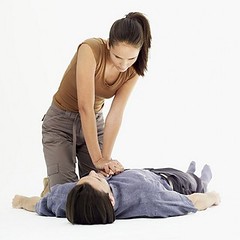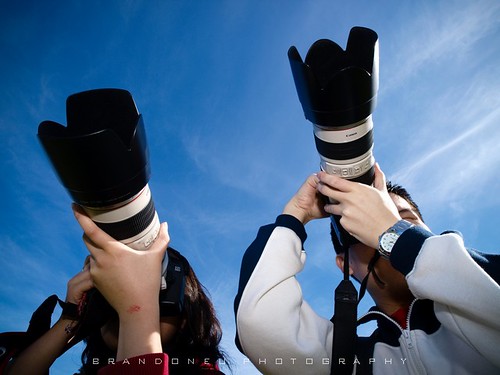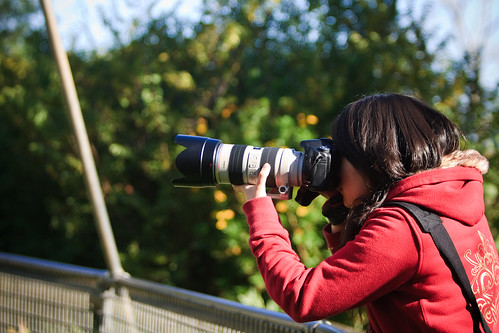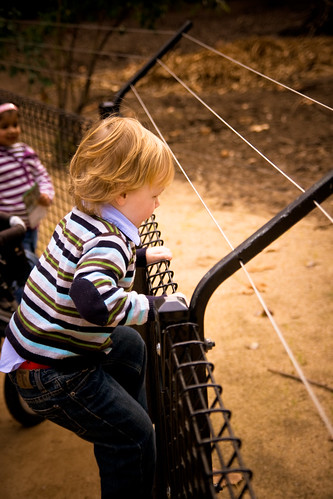 When I joined St. John Ambulance eleven years ago and learned CPR (cardiopulmonary resuscitation) as a thirteen-year-old, I never imagined that one day I would be doing it for real. Back then I always thought that one day when I come across someone with cardiac arrest I would probably just stand there, do nothing and look like a fool. Walk away before someone yells "Anyone knows CPR here?!". Or perhaps a combination of the above.
When I joined St. John Ambulance eleven years ago and learned CPR (cardiopulmonary resuscitation) as a thirteen-year-old, I never imagined that one day I would be doing it for real. Back then I always thought that one day when I come across someone with cardiac arrest I would probably just stand there, do nothing and look like a fool. Walk away before someone yells "Anyone knows CPR here?!". Or perhaps a combination of the above.
Seven years later, I became a medical student. I was to save life in the future and I can't walk away from a CPR.
When I learned basic life support (= CPR) and advanced life support (CPR plus a few advanced measures including electric shock and adrenaline administration) on a high-tech mannequin, I imagined that I would not need to do this for real for at least a few more years.
One week later, the unimaginable happened.
It was the last day of my three-week rotation in the emergency department. The ED, contrary to the public perception, is not a place where people die every minute from horrible diseases and injuries. Instead, ED is a place where minor diseases come up everyday (minor being a relative term of course) and severe conditions are thrown in for good measure every once in a while. The reality is, most people who come into ED don't die. At least they don't die in the ED itself. In the three-week rotation I have not seen one death nor a single case of CPR. There were not too many "emergencies" after all, even after allowing for the fact that major trauma cases in Melbourne aren't usually sent to my hospital.
So on this day, I found myself following this kind doctor when he was told that a 71-year-old post-cardiac-arrest patient was on the way to the ED. He was absolutely enthusiastic.
"This is the exciting bit about ED, this is what you'd signed up for! Come let's get ourselves ready!"
Unlike what happens in TV dramas, the ambulance doesn't usually barge into the ED door out of the blue wheeling people in a puddle of blood or other serious life-threatening conditions. Instead, they notify the ED prior to their arrival using a high-tech gadget called a telephone. As soon as they get a truly urgent case, the ambulance staff will call the ED before they arrive so that we have time to get ready for resuscitation.
So prepare we did. While the doctor prepared the heavyweight stuff like airways, defibrillation pads etc, I made myself slightly useful and prepared some equipments for intravenous cannulation. Besides the fact that the patient had an arrest (the stopping of heartbeat), not much else was known at the moment. We were just doing whatever we could and waiting for the patient to arrive.
And we waited. It was the longest ten minutes ever in my life. Would the patient be "dead on arrival"? Would he already have been revived and stabilised when he reaches ED? Is he in a pool of blood, badly mangled in an accident? A deluge of thoughts overwhelmed me.
Palpitation.
A commotion was heard outside the resuscitation room and a team of paramedics whisked the patient in. The patient's face looked flushed and slightly blue. He's as still as a log. He's lifeless.
"He had another arrest on the way here, we have been going for 10 minutes," someone reported.
After a quick transfer to a firm surface, the resuscitation recommenced. The nurses quickly hooked up monitor cables while the doctor listened to the report from the paramedics. Ventilation machine. High flow oxygen. Adrenaline infusion. IV fluid. ECG. Sodium Bicarb. Feeling for a pulse. Shining lights into the patient's eyes.
The resuscitation room became a flurry of movements.
Meanwhile, a tall male nurse started compressing the patient's chest vigorously, as fast as he could [see note 1]. Awkward mechanical sounds were produced. The patient's pot belly was protuding and retracting synchronously with the compression. Nobody laughed.
I stood in a corner and watched as the unreal scene unfurled, perhaps living up to what I envisioned myself as a thirteen-year-old St. John member. The resuscitation room was crowded. There were five ambulance staff, four doctors, three nurses, and a clueless medical student. I had to shift a few times to get out of people's way. I was just a spectator.
One of the doctors in the room asked me to go to the left hand side of the patient.
"You should go and do it. It's an experience."
I forgot how I responded to that. Within seconds, I was standing next to the tall nurse who was already four minutes into his compression.
"You ready? On the count to three. One. Two. Three."
He moved away swiftly, and I stood in. Keeping my arms straight, elbows fully extended and wrists placed right in the middle of the chest, I started the chest compression.
The first thing I felt was the resistance of the chest wall. I have never pressed on a human chest, not to mention pressing it at a high speed. All we did for St. John was to fake the motion. So the resistance was fully felt.
"Good, you are doing it right."
Well of course I am doing it right - I have known CPR for eleven years!
As I was compressing, I went into a transcendental state of mind. Reels of old memory started playing before my eyes. The intensive first-aid training I went through before high school St. John competitions. My decision to choose medicine as a career. 100 beats per minute. Staying alive by Bee Gees [see note 2]. The CPR mannequin.
I could feel it.
Then I took a glimpse of the patient's face. His eyes were closed. His face was dark red. I felt responsible. I pressed even harder.
Fatigue soon got the better of me and I was struggling to keep up with the compression. I must have gone on for two minutes. Someone offered to take over, and I moved away after a count of three.
The compression went on for a while, pausing occasionally to check whether the heart started producing pulses by itself. There was no defibrillation because the patient was having pulseless electrical activity [see note 3], a rhythm that can't be shocked.
The patient's wife came to the resuscitation room. Upon seeing the chest compression, she immediately let out a loud cry and ran out wailing uncontrollably.
His son came in later. He said he wanted to watch. The big man was shedding tears. A nurse asked him to hold the patient's hand.
"How long now?" A doctor asked.
"30 minutes since arrest." Answered a paramedic.
"We should let go."
A nurse turned off the monitor and detached the cables. Spectators walked out. Some nurses were tapping the shoulder of the inconsolable family. We removed our gloves. And I walked out.
"What? Is he dead now?!"
These were the last decipherable words I heard from the resuscitation room.
I felt a sense of loss upon leaving the scene. The cry in the distance certainly did not help with the sombre mood. I didn't even know that patient, and I knew 90% of CPR are unsuccessful. I thought I am a level-headed rationalist who's immune from unreasonable emotions. But there was this feeling of emptiness, or even a bit of grief, that filled me. I felt a bit off.
I have seen many patients gasping for air, coughing bucket load of sputum or looking so orange they look like they were going to die. But despite their suffering, they were alive. This man here was lying there looking peaceful, yet his heart failed him.
A doctor can sit in front of the computer all day looking brilliant and important. A medical student can read textbooks all day learning the finest details of every single disease looking smart and knowledgeable. But at the end of the day, and at the end of the life, everything boils down to keeping the heart pumping and the blood moving. Despite all our presumed brilliance, we are still using the most rudimentary mechanical compression in our attempt to revive a dead person.
There was an indescribable sense of irony that I couldn't quite fathom.
I am not even sure what I have really learned in this process, but the two minutes of chest compression changed me. The glimpse I took of him during the CPR will stay with me forever. The transcendental feeling will, too. The doctor wasn't lying when he said "It's an experience". Indeed it has been.
Note:
1. In fact pressing too fast is counter-productive, as the heart does not have enough time to fill up with blood in between the compressions. The recommended rate is 100 per minute.
2. Bee Gees' "Staying Alive" is recommended by American Heart Association in conjunction with CPR training due to its tempo of 100 beats per minute. I am sure the song title is the biggest reason for the recommendation.
3. Pulseless Electrical Activity is the phenomenon where due to various reasons, there is an observed ECG (electrical tracing of the heart) that should be producing a pulse, but is not. Defibrillation (= shocking) is not effective in this role as it only works in cardiac arrest due to certain types of non-pulse-producing electrical chaos in the heart circuit. And here's a popular myth: you can't shock a flat line. So most TV shows including House MD are wrong.






 br />
and naughty little turtles.
br />
and naughty little turtles.










1 comments:
Post a Comment